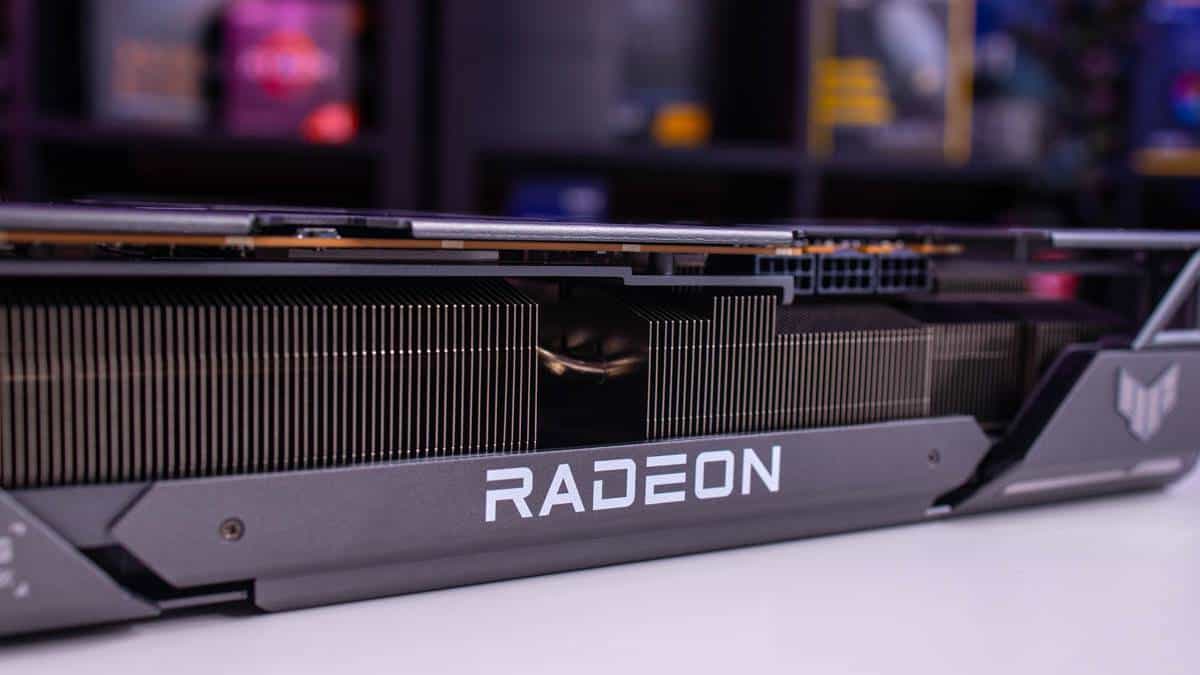4k is a luxury tier and has been artificially pushed since the Polaris/Pascal generation.
I don't see the point of it unless you're playing with a 40" monitor close to your face and it was just an excuse to push GPU prices up.
If you look at performance at the same price point of a GTX 1080ti, you'll realise we're at 1440p at what used to be an elite price card and firmly still 1080p for what used to be entry tier but now at mid-range prices.
Agreed, 1440p on a 27" screen looks very decent, and now with some pretty amazing deals on 144Hz+ QHD gaming monitors, its that ideal balance between 4K and better than 1080p clarity, whilst still being achievable on midrange and up hardware in modern titles. It's part the reason the pro consoles of this and last generations internally targetted approximately 1440-1600p over true native UHD in most cases, as it offers a noticeable clarity and detail boost (I realise not as much as 4K), but without requiring excessive horsepower to drive it well. I think AMD, for all thier bad decisions, did make a fairly good decision targetting 1080p and 1440p, more than 4K. 4K is more marketing halo buzzwords, and most people probably wouldn't even be able to tell you which was better, if you had a 1440p game running at decent settings, framerate and refresh rate, over 4K, but running with low settings and framerate; they MIGHT notice the sharpness, but likely if the visual settings were notably better on the QHD, they'd likely think that was the 4K. The amount of people who don't read or care is massive, compared to the relative niche that care about such things, and even amongst those of us who do, there are vast differences in the level of 'pixel peeping' people are willing to put in; especially as some performance sinks are barely visually noticeable beyond a certain level; even if they do enhance overall presentation.
As mentioned on this page as well, deals on good quality monitors are really moving forwards in a way that they just aren't in the GPU space right now.
A few years ago you'd have been lucky to get a half decent QHD screen with a not awful IPS panel that went over 120Hz, for less than £300 and QHD screens at above 60Hz without awful panels were prohibitively expensive.
By contrast, a few weeks ago, I paid £225 on offer for an IPS, 180Hz panel, with a MiniLED backlight that also hits around 1250-1300 nits brightness. It's not perfect by a longshot - I wish the zones on it were more granual/smaller (it's no where near the granularity that OLED offers), more control was allowed when it's in HDR mode, and it went a little brighter as base brightness for HDR, but my god, once you dial it in (as Windows HDR is still kinda ****), it's not perfect, but its closer to OLED or a high end very high zone-level screen than any other cheap LED I've seen, and it doesn't have any burn in risks that'd come with a fancy OLED; and frankly a little light haloing on a black or monotone screen can be ignored, as it looks fantastic when gaming or in motion; at least until considerably superior screens have reached a decent price in maybe 5+ years.
I mean, for lack of a better words, what you can get in monitors at a reasonable and acceptable price range has moved forward at such a pace in the last 5-10 years, it's left GPU tech behind big time.





